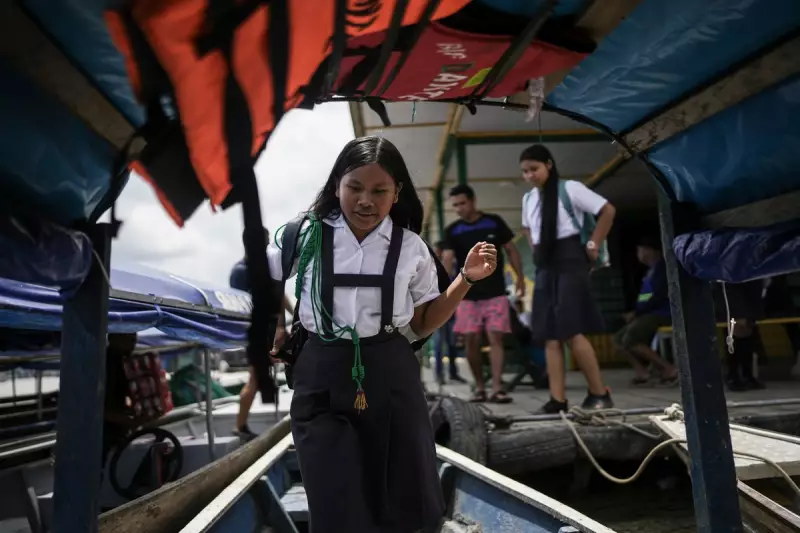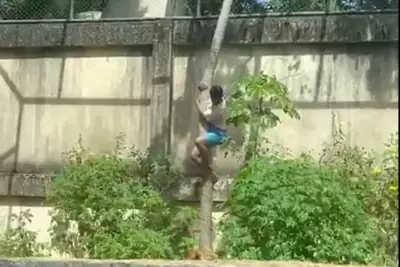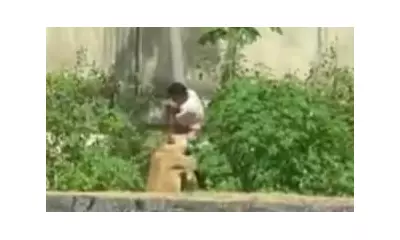
Startling new drone footage has unveiled the precarious existence of one of the world's last uncontacted Indigenous communities, sparking urgent calls for intervention from international authorities.
The images, captured deep within the Peruvian Amazon near the Santa Rosa River, show a small community of approximately 25 people living in complete isolation. They appear to be members of the Mashco Piro tribe, a nomadic group known to inhabit this remote region between Peru and Brazil.
A Community Under Siege
Alarmingly, the drone footage reveals the tribe's traditional territory is being rapidly encroached upon by illegal activities. "Their territory is being invaded by illegal loggers and drug traffickers," stated Alfredo Vargas Pio, president of the local Indigenous rights organisation FENAMAD.
The evidence suggests this isolated community is being pushed toward the riverbanks, potentially fleeing destruction deeper within their ancestral lands. This displacement creates dangerous proximity to outside communities and exposes them to diseases against which they have no immunity.
The Silent Threat of Modern Diseases
Medical experts emphasise the extreme vulnerability of uncontacted populations. "Common respiratory infections that would be mild for us could prove fatal for people with no prior exposure or immunity," explained Dr. Helena Jacobs, an infectious disease specialist studying isolated communities.
Historical encounters between isolated tribes and outsiders have frequently resulted in devastating outbreaks, wiping out significant portions of populations within months of first contact.
International Response and Legal Protections
Peruvian law theoretically protects the territories of uncontacted Indigenous peoples, designating them as "intangible" zones where extraction and development are prohibited. However, enforcement remains challenging in these remote regions.
Survival International, a global movement for tribal peoples' rights, has called for immediate action. "This isn't just about conservation; it's about preventing what could amount to cultural genocide," said a spokesperson for the organisation.
The Delicate Balance of Protection
Authorities face a complex dilemma: how to protect these communities without initiating the contact that could destroy them. Current policy emphasises creating buffer zones and monitoring from a distance, while cracking down on illegal incursions into their territories.
The recent footage serves as both a remarkable documentation of human diversity and a stark warning about the fragility of these last bastions of isolation in an increasingly connected world.





